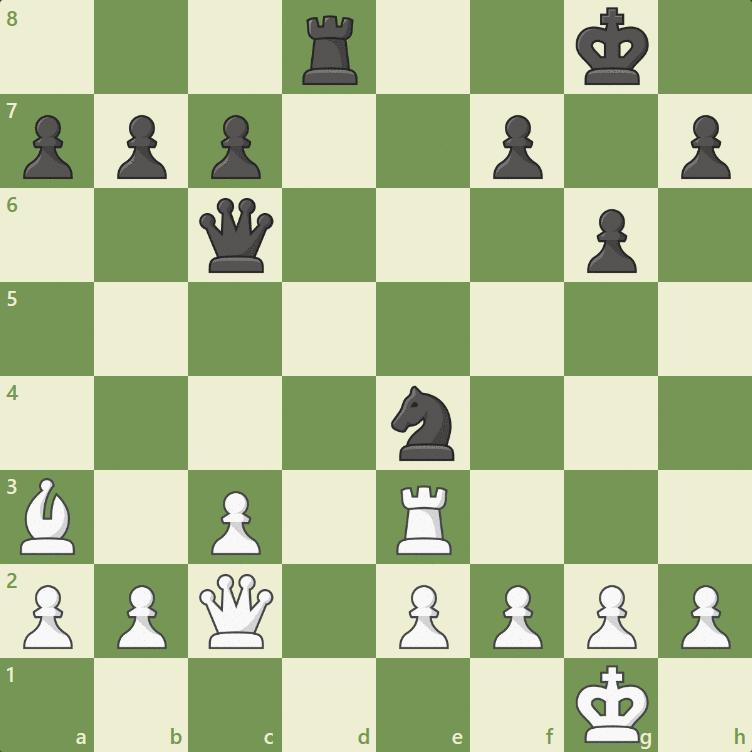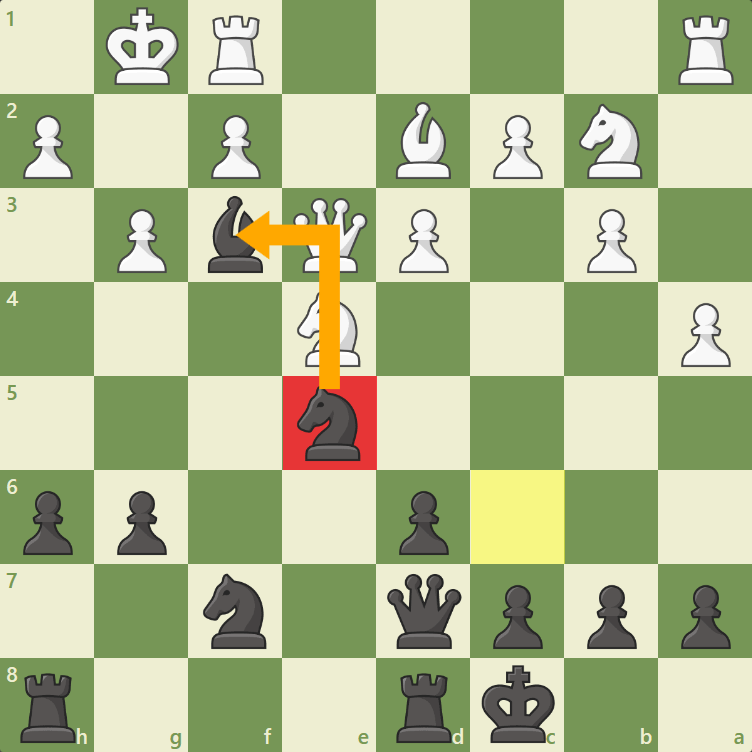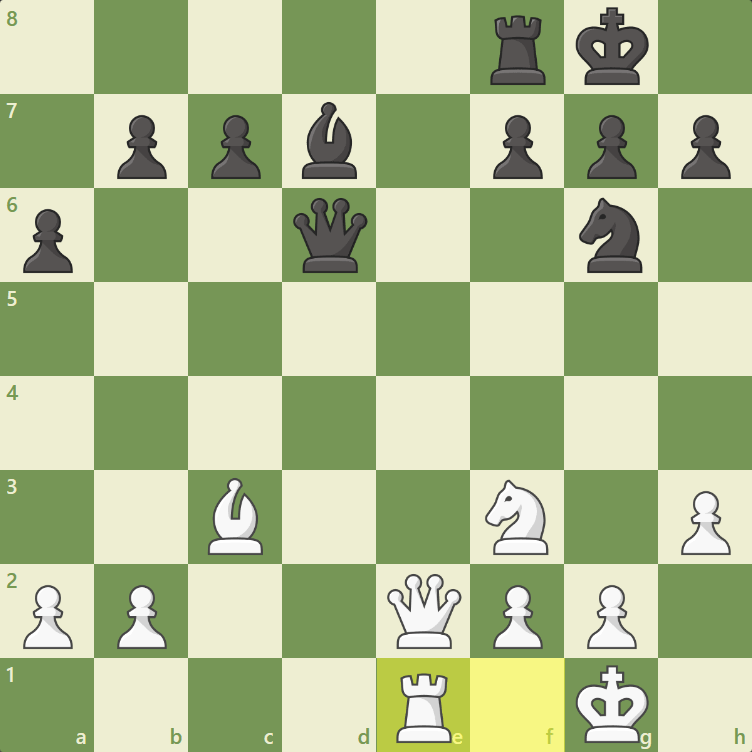
Chess Defense
Attacking your opponent's king is a lot of fun. However, sometimes you need to stop attacking and take precautions to avoid losing a game. Here is what you need to know about chess defense:
- What Is Defense In Chess?
- Why Is Defense Important In Chess?
- How To Play Better Defense In Chess
- Test Your Skills
- Conclusion
What Is Defense In Chess?
Defending in chess is the act of avoiding or protecting yourself against an undesirable outcome. Defensive moves can prevent the loss of material, protect the king against checks, and stop checkmates. They can also deter the opponent from gaining a strategic edge, like creating a passed pawn or dominating a key square.

Why Is Defense Important In Chess?
Knowing how to defend yourself against your opponent's threats is crucial because it keeps you in the game. If you fail to protect yourself against the other player's attacks, you will probably lose material and enter a losing endgame. Worse yet, you can be checkmated.
Properly defending yourself against your opponent's offensive can also allow you to counterattack and win the game. Former world champion GM Tigran Petrosian once explained his hard-to-penetrate defensive style this way: "Some consider that, when I play, I am excessively cautious, but it seems to me that the question may be a different one. I try to avoid chance. Those who rely on chance should play cards or roulette. Chess is something quite different."
I try to avoid chance. Those who rely on chance should play cards or roulette. Chess is something quite different.
— GM Tigran Petrosian
How To Play Better Defense In Chess
The first step to play better defensive moves in chess is to identify immediate threats against you and your pieces. Looking at the position below, it seems like White can capture the black knight.

If you analyze the position carefully, though, you can see that doing so would allow White to be checkmated.

There is no benefit in capturing the knight and being checkmated, so White must neutralize that threat first. The simple defensive advance of the h-pawn eliminates the checkmate threat.

Getting better at identifying checkmating patterns is crucial if you want to play better defense. Fortunately, Chess.com makes it easier for you to improve that ability. You can do so by heading to our Lessons page to learn about important checkmating patterns and by practicing them with our Drills. You can also try out our premium membership for free and go to the "Training" mode of our Puzzles page to practice the "Basic Checkmates" puzzles.

Checkmates are not the only kind of threat you need to know how to defend against—you also need to be aware of direct attacks to your pieces so you do not lose material.
Consider the position below. Black is planning a dangerous attack against White's king. However, a black piece that plays a pivotal role in the attack is in danger.

Black must take some time to defend that piece to prevent the game from taking an unfavorable turn. Black defends their bishop with the f7-knight and can now continue the attack.

This seemingly simple move gives the bishop the support it needs to keep attacking the king.

Finally, if you want to master defensive play in chess, you need to be able to identify weaknesses in your position and fix them. In the position below, it is White to play. It might seem that everything is fine for White and that there is no need for a defensive move.

Upon closer inspection, you can see a weakness in White's position that can be exploited by Black. The white queen and rook are on the same diagonal. Imagine if White did not correct this weakness and played a move like a3 to support their bishop on the a3-f8 diagonal. Black could exploit White's weakness by moving their bishop to b5 to create a skewer and win the exchange.

For that reason, White should fix that weakness in their position before Black takes advantage of it. One way is to move the rook, so it is no longer aligns with the queen.

Getting better at identifying these weaknesses is simple on Chess.com. You can learn about the basic tactics by watching our Lessons and practicing them with our puzzles. If you are a premium member, you can also practice specific tactical motifs, so you improve at spotting them quickly during your games.

Test Your Skills
Now that you are familiar with the concept of defending in chess, it is time for you to practice your skills. Solve the puzzles below by playing defensive moves.
Puzzle 1: White just moved their knight to e5 attacking your queen and knight. How can you defend yourself and win a piece?
Puzzle 2: Black just attacked your queen with their bishop. You cannot move your queen because it is pinned to your king. Can you find a way to defend your queen?
Puzzle 3: Black is threatening to checkmate you with his queen and bishop. Is there anything you can do to defend?
Conclusion
You now know what a chess defense is and its importance to the game. You also know how to identify the need for defensive moves and how to defend yourself better. Head over to our Lessons page and learn how to get even better at chess defense!







